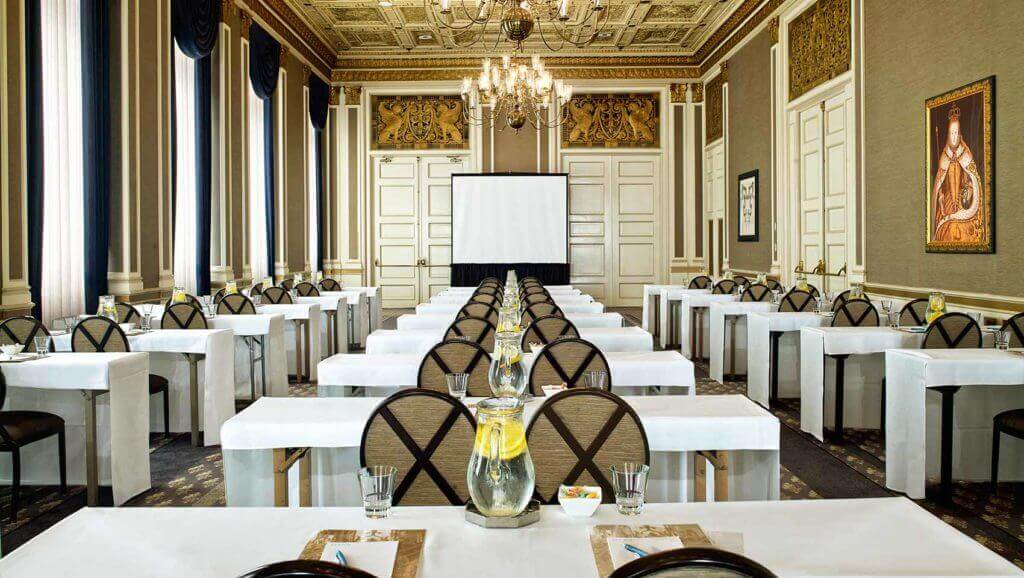
“The meetings and events industry is thriving,” says Issa Jouaneh, senior VP and GM of American Express Meetings & Events. Companies are recognizing that meetings engender growth within their organizations.
NB: This is an article from Rainmaker
And this growth mindset is creating more opportunities for hotels when it comes to nabbing bigger slices of the “group business” pie. But along with these greater opportunities, we’re seeing greater competition as well.
This has revealed a fundamental problem with hotel group revenue management (RM). The RM tools available to sales and revenue managers have not kept pace with the technology available to meeting planners. And group rates are managed in less analytical, less scientific ways than the rest of a hotel’s business. As a result, hoteliers are seeing specific issues arise that negatively impact their ability to optimize group business.
Bottlenecks in Bidding
Responding to group request for proposals (RFPs) can be a lot like playing a team sport. To win the business, every member of the team – sales, catering, revenue management – needs to be in alignment, efficiently working together to score, a.k.a. complete a response and get it out the door as quickly as possible. The process of responding to group RFPs in a hotel is filled with potential bottlenecks. Management needs to evaluate meeting room space and available guestrooms, analyze the value of future transient displacement, and consider non-room revenue opportunities like food/beverage and other ancillary purchases. With so many decision points and departments involved, each group RFP requires in-depth analysis before pricing and a final decision can be made. All this takes up valuable time and slows down the entire group bidding process.
Spread of Spam
Back in the day, when event planners wanted information concerning a potential venue, they simply wrote an RFP and faxed it over to the specific hotel under consideration. Thanks to digital advancements, that time-intensive process has been flipped on its head. While this sounds like a benefit, it’s actually created an entire new set of problems. Meeting planners now have the ability to submit requests via email, electronic systems, and even destination and hotel websites. The volume of electronic RFPs submitted through multiple channels has become overwhelming, filling up hotel inboxes with a proliferation of group RFP spam. The sheer volume of requests, along with the lack of consistency and integration among the different RFP forms, present challenges for both meeting planners and hotel venues – causing delays and sometimes the inability to respond at all.
Plummeting Pricing
Historically, one of the most important elements in the group bidding process has been one of the most overlooked, and that’s room rates. Pricing for groups has taken a back seat to a hotel’s occupancy goals and meeting space bookings. Due to a number of factors, there tends to be a lot of negotiation with regard to group business, and this leads to downward pressure on rates. One issue contributing to this, is that many hotels still set group rates manually – choosing a much too low break-even point or minimum acceptable rate (MAR). Hotels end up losing out on potential income because the MAR is static and time-consuming to set, and they’re unable to take advantage of daily shifts in market conditions.
Fortunately, the rise of advanced technology is changing the game. Hotel owners are growing wiser and learning to leverage Revenue Management systems to supercharge their group business conversions. Tailored, science-based solutions now help you optimize pricing strategies and foster better synchronization between revenue management and sales. You can quickly provide competitive responses to RFPs – regardless of how those RFPs are delivered – and enjoy unrivaled advantages to your hotel’s group business.



